Home>Gardening & Outdoor>Landscaping Ideas>How To Get Rid Of Monkey Grass


Landscaping Ideas
How To Get Rid Of Monkey Grass
Modified: January 29, 2024
Learn effective landscaping ideas to remove monkey grass from your yard. Discover step-by-step methods for a beautiful, weed-free lawn.
(Many of the links in this article redirect to a specific reviewed product. Your purchase of these products through affiliate links helps to generate commission for Storables.com, at no extra cost. Learn more)
Introduction
Monkey grass, also known as lilyturf or mondo grass, is a popular landscaping plant appreciated for its lush, low-maintenance appeal. However, there are instances when this resilient ground cover can become invasive, spreading uncontrollably and encroaching upon other plants and garden spaces. In such cases, it becomes necessary to remove monkey grass to restore balance and maintain the aesthetic appeal of the landscape.
Removing monkey grass can be a challenging task, as its robust root system and tenacious growth habits make it resistant to traditional removal methods. Whether you're dealing with a small patch or a widespread infestation, understanding the most effective removal techniques is crucial for achieving successful results.
In this comprehensive guide, we will explore various methods for getting rid of monkey grass, ranging from chemical treatments to manual removal. Additionally, we will delve into strategies for preventing monkey grass re-growth, ensuring that your efforts yield long-lasting results. By the end of this article, you will be equipped with the knowledge and insights needed to tackle the task of eliminating monkey grass from your landscape with confidence and efficiency.
Key Takeaways:
- Say goodbye to monkey grass by using herbicides or manual removal. Prevent re-growth by monitoring, using landscape fabric, and promoting other plants. Keep your landscape monkey grass-free with these strategies!
- Removing monkey grass requires careful planning and execution. Use herbicides or manual removal methods, and then prevent re-growth with vigilant monitoring and strategic landscape care. Enjoy a monkey grass-free landscape with these tips!
Read more: How To Get Rid Of Grasshoppers
Understanding Monkey Grass
Monkey grass, scientifically known as Liriope spicata, is a versatile and resilient perennial plant that is commonly used as a ground cover in landscaping. This grass-like plant is characterized by its dense, tufted foliage and small, lily-like flowers that bloom in shades of purple or white. Native to East Asia, monkey grass has gained popularity in gardens and landscapes worldwide due to its adaptability and low-maintenance nature.
One of the key attributes of monkey grass is its ability to thrive in various environmental conditions, including both sun and shade. This adaptability makes it a favored choice for landscaping projects, where it can be used to create borders, fill in gaps, or provide ground cover in challenging areas. Additionally, monkey grass is known for its erosion control capabilities, making it a valuable asset in preventing soil erosion on slopes and embankments.
Despite its many positive attributes, monkey grass can pose challenges when it begins to spread uncontrollably, encroaching upon other plants and disrupting the overall landscape design. Its vigorous growth habit and resilient root system enable it to establish a strong foothold in the soil, making it difficult to eradicate once it becomes invasive.
It's important to note that there are different varieties of monkey grass, including the clumping type (Liriope muscari) and the spreading type (Liriope spicata). The spreading type, in particular, is known for its aggressive growth and ability to quickly colonize an area, making it a common target for removal in landscaping projects.
Understanding the growth habits, root structure, and environmental preferences of monkey grass is essential when planning its removal. By gaining insight into the plant's characteristics, landscapers and gardeners can develop effective strategies for eliminating monkey grass while minimizing its potential for re-growth.
In the following sections, we will explore various methods for removing monkey grass, including chemical treatments and manual removal techniques. By combining this knowledge with a deeper understanding of monkey grass, you will be better equipped to address the challenges posed by this resilient plant and restore balance to your landscape.
Methods for Removing Monkey Grass
When it comes to removing monkey grass from your landscape, several effective methods can be employed to address this resilient plant's tenacious growth. Whether you're dealing with a small patch or a widespread infestation, understanding the most suitable removal techniques is crucial for achieving successful results. Below, we will explore two primary methods for removing monkey grass: chemical removal and manual removal.
Chemical Removal
Chemical treatments offer an efficient and targeted approach to eradicating monkey grass. Selective herbicides designed to target grassy weeds, such as monkey grass, can be applied to the affected areas. Glyphosate-based herbicides, in particular, have been found to effectively control and eliminate monkey grass. When using herbicides, it's essential to follow the manufacturer's instructions carefully and apply the product cautiously to avoid harming desirable plants in the vicinity.
To begin the chemical removal process, it's advisable to trim the monkey grass foliage to a shorter height, allowing for better herbicide penetration. Next, the herbicide can be applied directly to the monkey grass, ensuring thorough coverage of the foliage. It's important to note that multiple applications may be necessary to fully eradicate the plant, especially in cases of extensive infestation. Additionally, it's recommended to apply herbicides during periods of active growth for optimal absorption and effectiveness.
Manual Removal
Manual removal of monkey grass involves physically uprooting the plants and their root systems from the soil. This method is particularly suitable for smaller infestations or areas where chemical treatments may not be feasible or desirable. To begin the manual removal process, the monkey grass can be carefully dug up using a garden trowel or shovel, ensuring that the entire root system is extracted to prevent re-growth.
When manually removing monkey grass, it's important to be thorough and meticulous, as even small root fragments left behind can lead to re-growth. After the plants have been removed, the soil should be carefully inspected and any remaining root fragments or rhizomes should be diligently extracted to prevent future resurgence.
By combining chemical and manual removal methods, landscapers and gardeners can effectively address monkey grass infestations and restore the balance and aesthetic appeal of their landscapes. It's important to consider the specific characteristics of the affected area and the extent of the infestation when choosing the most suitable removal method. Additionally, implementing preventive measures following the removal of monkey grass can help minimize the risk of re-growth, ensuring long-lasting results.
In the following sections, we will delve into strategies for preventing monkey grass re-growth, providing valuable insights for maintaining a monkey grass-free landscape.
Read more: How To Get Rid Of Crabgrass
Chemical Removal
Chemical removal of monkey grass involves the strategic application of herbicides to effectively target and eliminate this resilient plant. Selective herbicides, particularly those containing glyphosate, have been identified as effective solutions for controlling and eradicating monkey grass. When employing chemical removal methods, it is crucial to adhere to the manufacturer's instructions and exercise caution to minimize the impact on surrounding vegetation.
To initiate the chemical removal process, it is advisable to trim the monkey grass foliage to a shorter height. This preparatory step facilitates better herbicide penetration and absorption, enhancing the overall effectiveness of the treatment. Once the foliage has been trimmed, the herbicide can be meticulously applied to the monkey grass, ensuring comprehensive coverage of the leaves and stems. It is essential to apply the herbicide during periods of active growth to optimize absorption and maximize its impact on the target plant.
In cases of extensive infestation or resilient monkey grass growth, multiple applications of the herbicide may be necessary to achieve complete eradication. This approach allows for sustained exposure to the herbicidal treatment, gradually weakening the plant's resilience and facilitating its eventual elimination. Additionally, consistent monitoring of the treated areas is recommended to assess the effectiveness of the chemical removal and identify any potential re-growth.
When utilizing chemical removal methods, it is imperative to exercise diligence and precision to minimize the risk of unintended harm to desirable plants in the vicinity. Careful application and targeted treatment of the monkey grass with herbicides can effectively mitigate its presence without compromising the health and vitality of surrounding vegetation. Furthermore, adherence to safety guidelines and environmental considerations is paramount to ensure responsible and effective chemical removal practices.
By incorporating chemical removal into the overall strategy for eliminating monkey grass, landscapers and gardeners can address infestations with a targeted and systematic approach. The combination of chemical and manual removal methods offers a comprehensive solution for managing and eradicating monkey grass, restoring the balance and visual appeal of the landscape. Following the successful removal of monkey grass, implementing preventive measures is essential to minimize the risk of re-growth and maintain a thriving, monkey grass-free environment.
Manual Removal
Manual removal of monkey grass presents a hands-on approach to eradicating this resilient plant from the landscape. This method is particularly suitable for smaller infestations or areas where chemical treatments may not be feasible or desirable. The process of manual removal involves physically uprooting the plants and their root systems from the soil, requiring careful attention to detail and thoroughness to prevent re-growth.
To initiate the manual removal process, it is essential to equip oneself with the necessary gardening tools, such as a sturdy garden trowel or shovel. These tools facilitate the precise extraction of monkey grass and its root system from the soil, ensuring comprehensive eradication. When selecting the tools, it is important to consider the density of the monkey grass and the soil conditions to ensure optimal effectiveness during the removal process.
Careful examination of the affected area is crucial before commencing the manual removal. By assessing the extent of the infestation and the distribution of monkey grass, gardeners can strategically plan the removal process, focusing on one section at a time to ensure thorough eradication. Beginning at the edge of the infested area, the monkey grass can be carefully dug up, ensuring that the entire root system is extracted to prevent re-growth.
During the removal process, meticulous attention should be given to the extraction of both the main root mass and any rhizomes or root fragments that may be present in the soil. Even small remnants left behind can lead to the resurgence of monkey grass, underscoring the importance of thoroughness during manual removal. Additionally, the soil should be carefully inspected and any remaining root fragments or rhizomes should be diligently extracted to prevent future re-growth.
Upon completing the manual removal of monkey grass, it is advisable to dispose of the extracted plants and root systems responsibly to prevent accidental re-introduction into the landscape. Proper disposal methods, such as composting or green waste disposal, ensure that the eradicated monkey grass does not pose a risk of re-infestation.
By diligently executing the manual removal process, gardeners can effectively address smaller infestations of monkey grass and restore the visual harmony of the landscape. This hands-on approach, when combined with other removal methods, contributes to a comprehensive strategy for managing and eradicating monkey grass, ensuring a thriving and well-maintained outdoor environment.
To get rid of monkey grass, you can try digging it up with a shovel, making sure to remove the roots. You can also use a herbicide specifically designed to kill grassy weeds. Be sure to follow the instructions on the product carefully.
Preventing Monkey Grass Re-Growth
Preventing the re-growth of monkey grass is a critical aspect of the removal process, ensuring that the landscape remains free from the invasive tendencies of this resilient plant. After successfully eliminating monkey grass from the desired areas, implementing preventive measures is essential to minimize the risk of its resurgence and maintain a well-maintained outdoor environment. By incorporating proactive strategies and ongoing maintenance practices, gardeners and landscapers can effectively prevent monkey grass re-growth and preserve the integrity of the landscape.
One of the fundamental preventive measures involves vigilant monitoring of the treated areas to detect any signs of potential re-growth. Regular inspections enable early intervention, allowing for the prompt removal of any emerging monkey grass shoots or rhizomes before they establish a foothold. By staying attentive to the treated areas, gardeners can effectively thwart any attempts at re-infestation, preserving the visual appeal of the landscape.
Incorporating landscape fabric or mulch in the treated areas serves as a protective barrier, inhibiting the re-establishment of monkey grass. Landscape fabric, when strategically installed, acts as a physical deterrent, preventing the emergence of new growth and impeding the spread of any residual rhizomes. Similarly, the application of mulch not only enhances the aesthetic appeal of the landscape but also provides a protective layer that hinders the re-growth of monkey grass, contributing to long-term prevention efforts.
Furthermore, promoting the growth of desirable vegetation in the treated areas can effectively suppress the re-emergence of monkey grass. Introducing robust and well-adapted plants that thrive in the specific environmental conditions can outcompete any potential re-growth of monkey grass, establishing a balanced and resilient landscape. By fostering a diverse and thriving plant community, gardeners can create an environment that naturally resists the encroachment of invasive species, including monkey grass.
Regular maintenance practices, such as proper irrigation and soil care, play a crucial role in preventing the re-growth of monkey grass. By maintaining optimal soil conditions and promoting the health of desirable plants, gardeners create an environment that is less conducive to the establishment of invasive species. Additionally, addressing any potential soil erosion or disturbance promptly contributes to the overall resilience of the landscape, minimizing the opportunities for monkey grass re-growth.
By integrating these preventive measures into the post-removal landscape management, gardeners and landscapers can effectively safeguard against the re-growth of monkey grass, ensuring a visually appealing and well-maintained outdoor space. Through ongoing vigilance, strategic interventions, and proactive landscape care, the risk of re-infestation is minimized, allowing for the long-term success of the removal efforts.
Conclusion
In conclusion, the removal of monkey grass from the landscape requires a strategic and multifaceted approach to address its resilient nature effectively. By understanding the growth habits and characteristics of monkey grass, gardeners and landscapers can develop targeted removal strategies that yield long-lasting results. The methods for removing monkey grass, including chemical and manual removal, offer versatile options for addressing infestations of varying scales, ensuring the restoration of a balanced and visually appealing landscape.
Chemical removal methods, utilizing selective herbicides such as glyphosate, provide a systematic approach to eradicating monkey grass. By following proper application techniques and adhering to safety guidelines, gardeners can effectively target and eliminate the invasive plant, minimizing the impact on surrounding vegetation. Additionally, manual removal presents a hands-on approach to addressing smaller infestations, requiring meticulous attention to detail and thoroughness to prevent re-growth. The combination of these removal methods offers a comprehensive solution for managing and eradicating monkey grass, restoring the visual harmony of the landscape.
Furthermore, preventing monkey grass re-growth is essential to maintain a monkey grass-free landscape. Vigilant monitoring, the use of landscape fabric and mulch, and promoting the growth of desirable vegetation contribute to long-term prevention efforts, safeguarding against the resurgence of this resilient plant. By integrating these preventive measures into post-removal landscape management, gardeners can effectively preserve the integrity of the outdoor environment and minimize the risk of re-infestation.
In essence, the successful removal of monkey grass and the prevention of its re-growth require a combination of knowledge, diligence, and ongoing maintenance. By implementing the insights and strategies outlined in this guide, gardeners and landscapers can confidently address monkey grass infestations, ensuring a thriving and well-maintained outdoor space. With a proactive and informed approach, the challenges posed by monkey grass can be effectively overcome, allowing for the enduring beauty and balance of the landscape.
Frequently Asked Questions about How To Get Rid Of Monkey Grass
Was this page helpful?
At Storables.com, we guarantee accurate and reliable information. Our content, validated by Expert Board Contributors, is crafted following stringent Editorial Policies. We're committed to providing you with well-researched, expert-backed insights for all your informational needs.
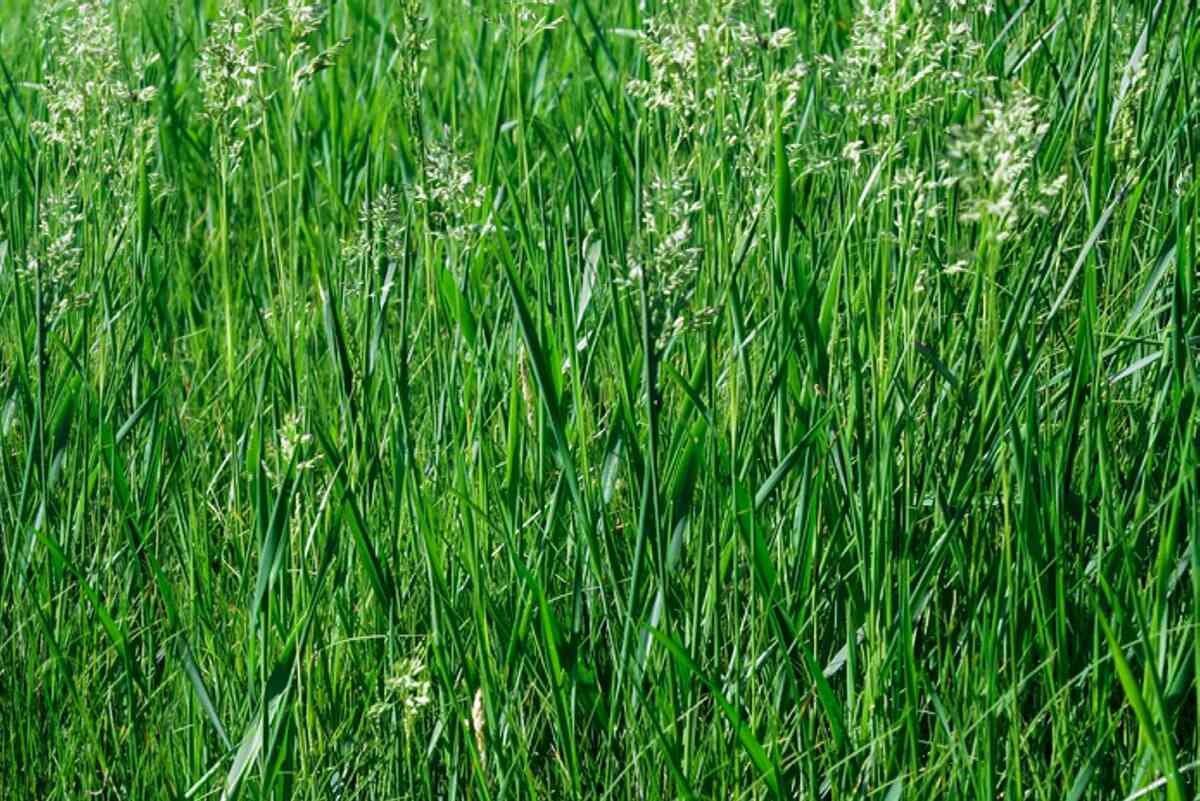
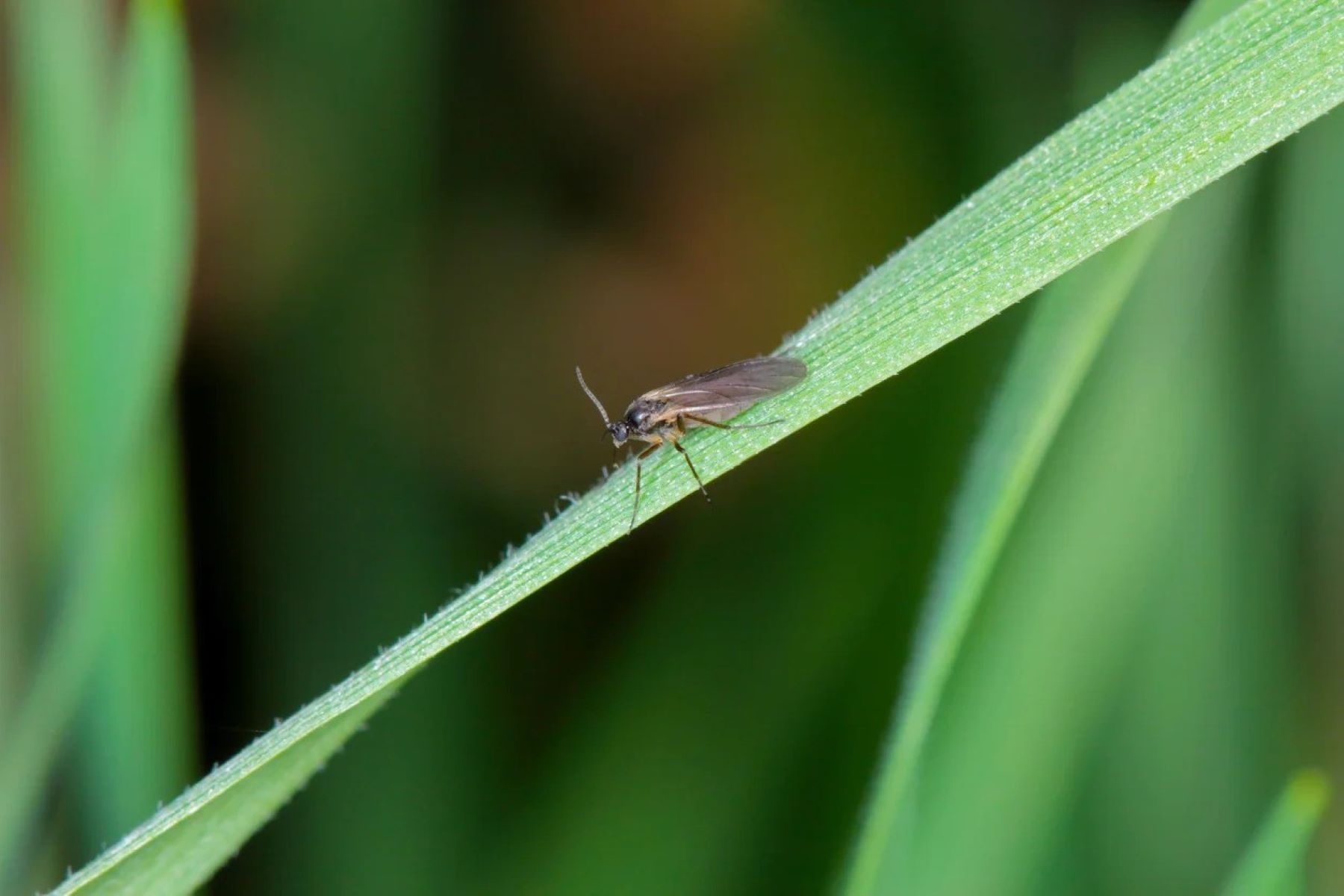
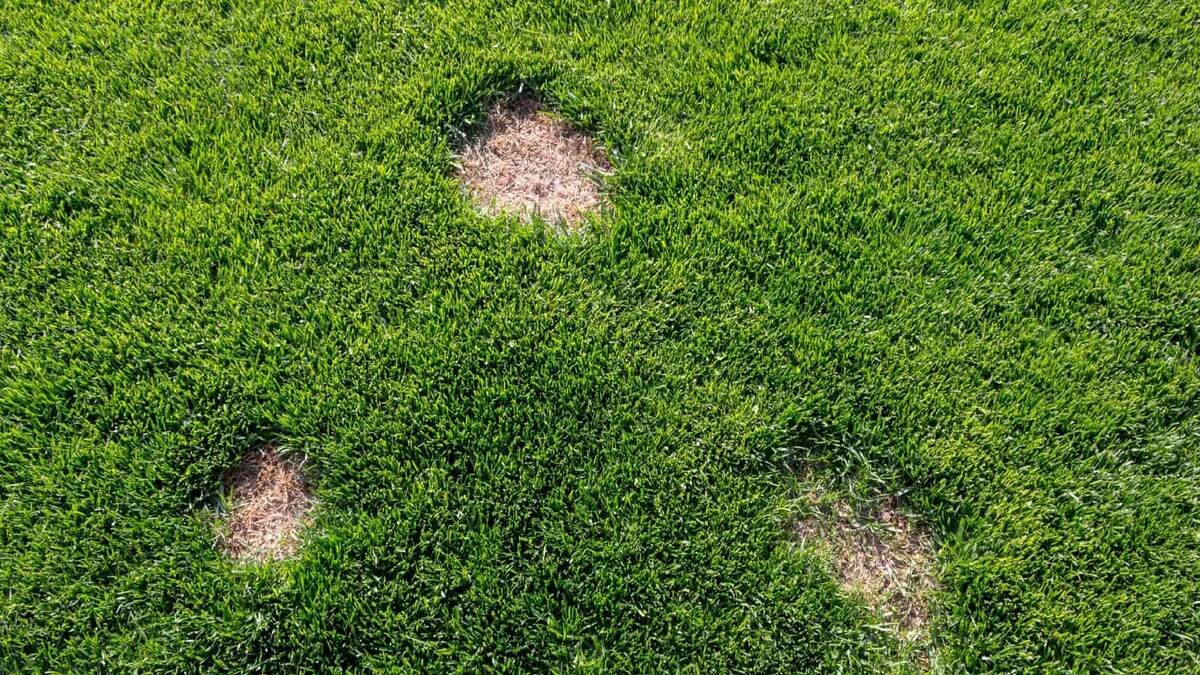
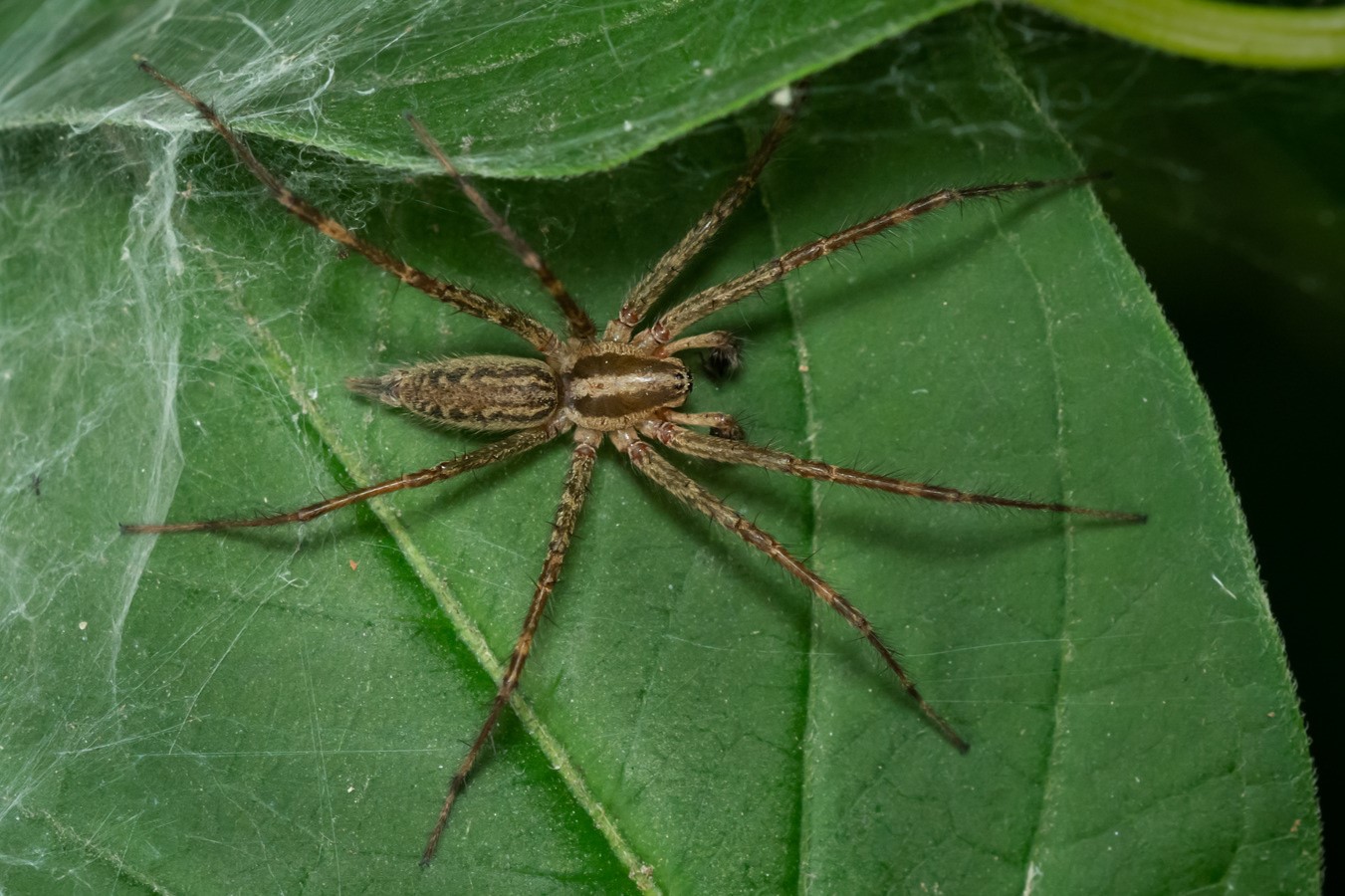
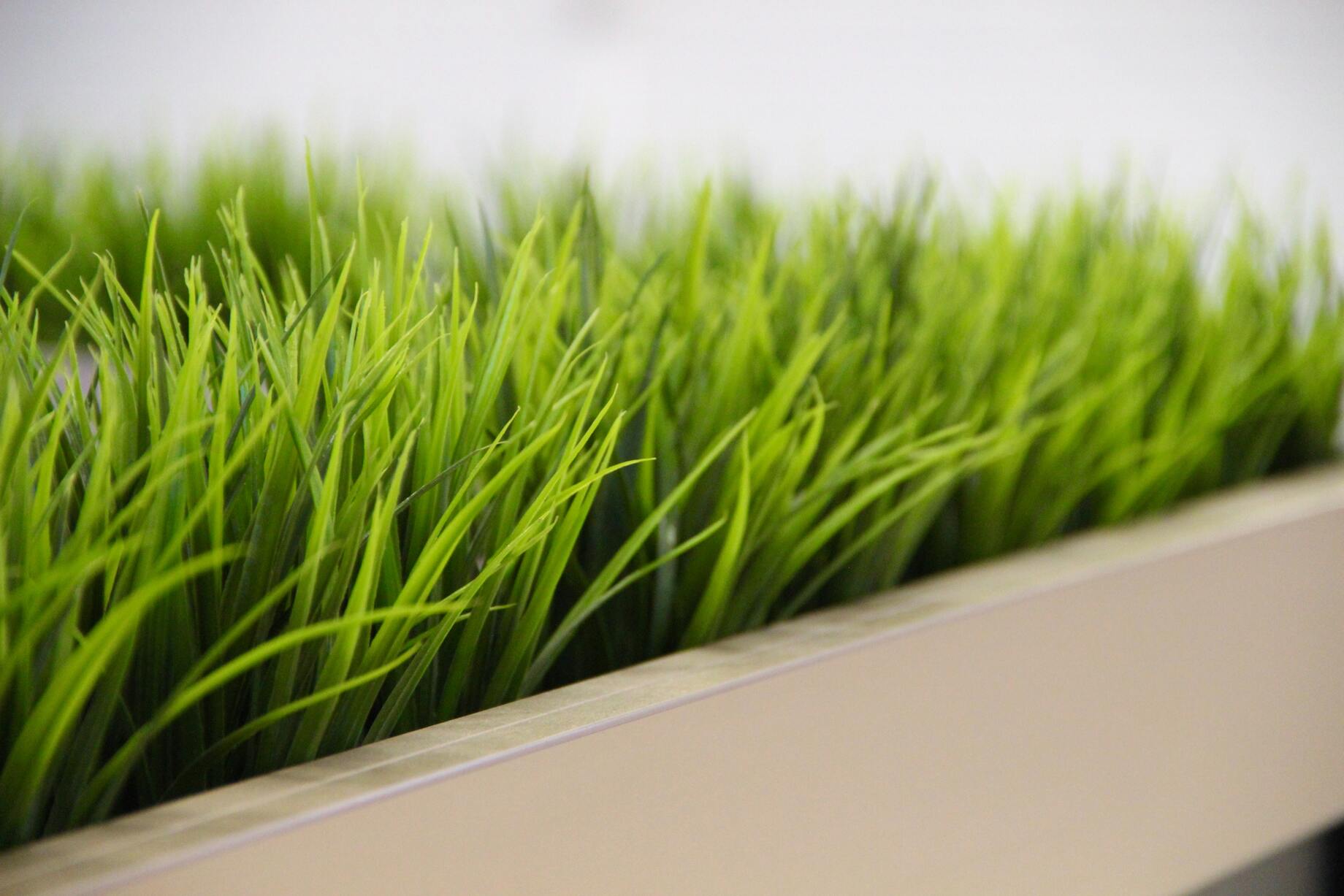
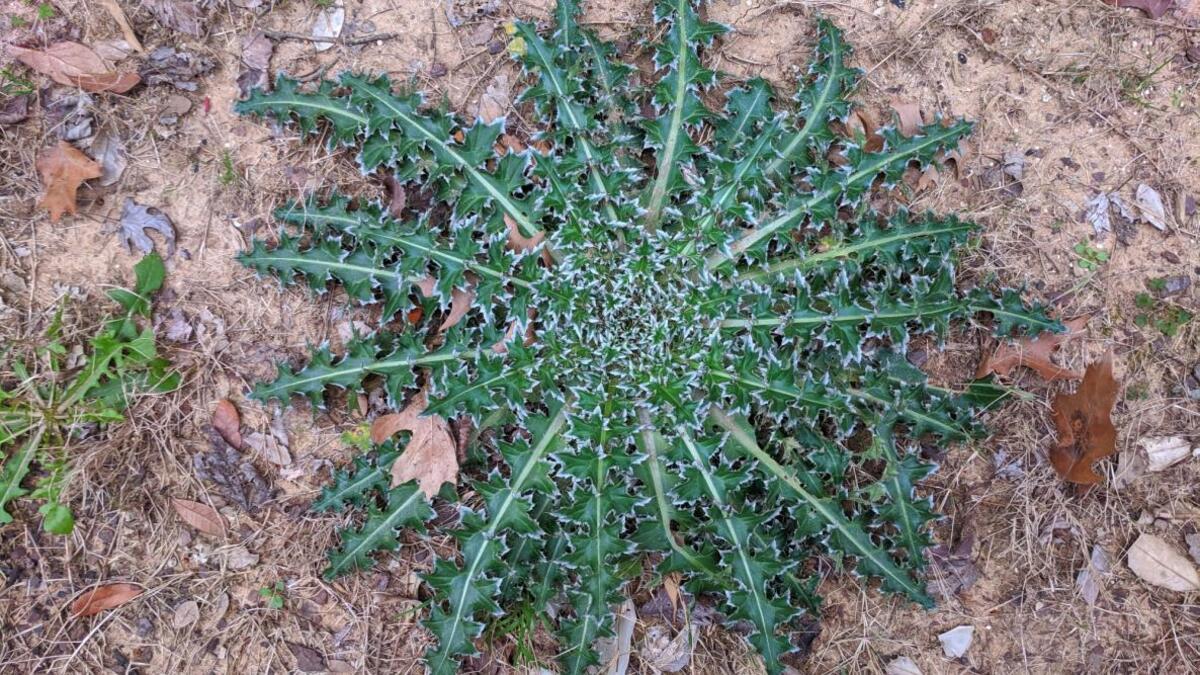
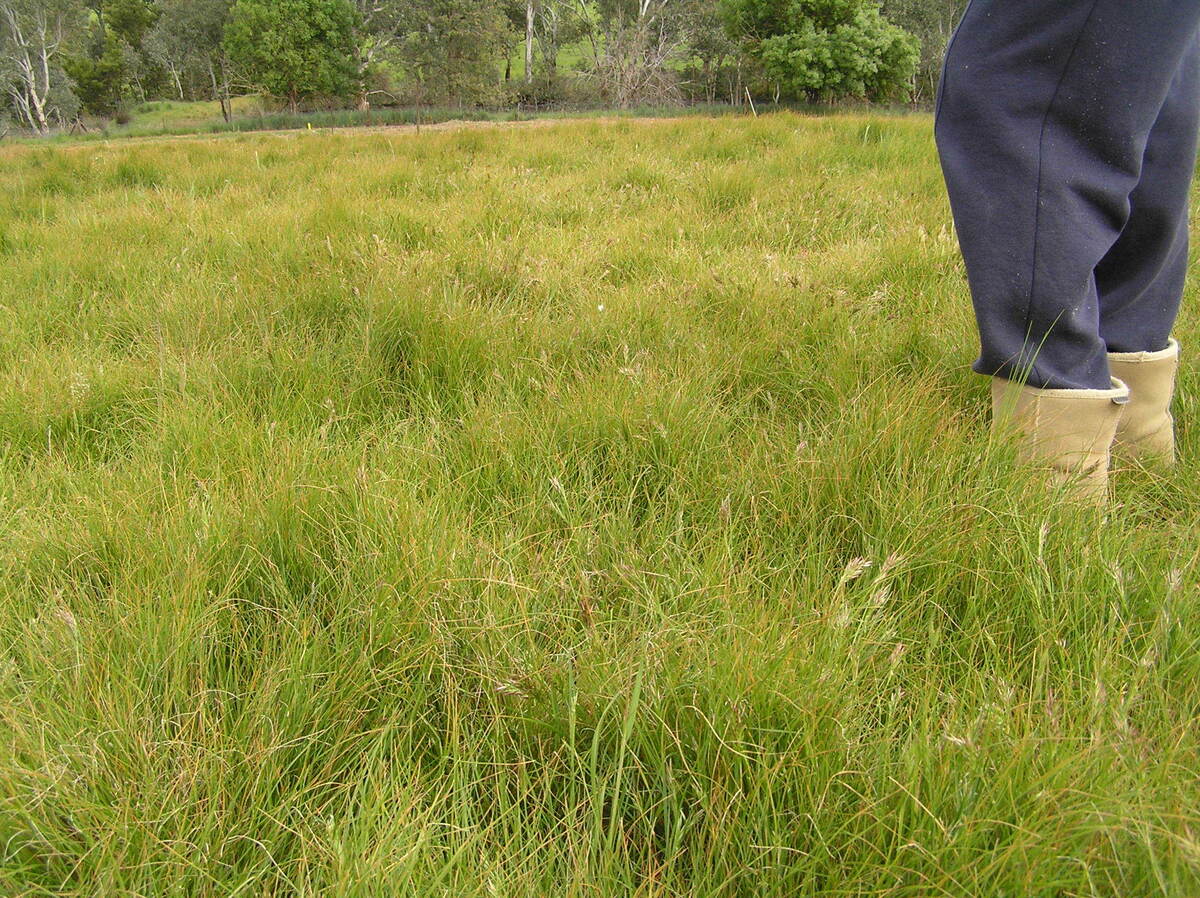
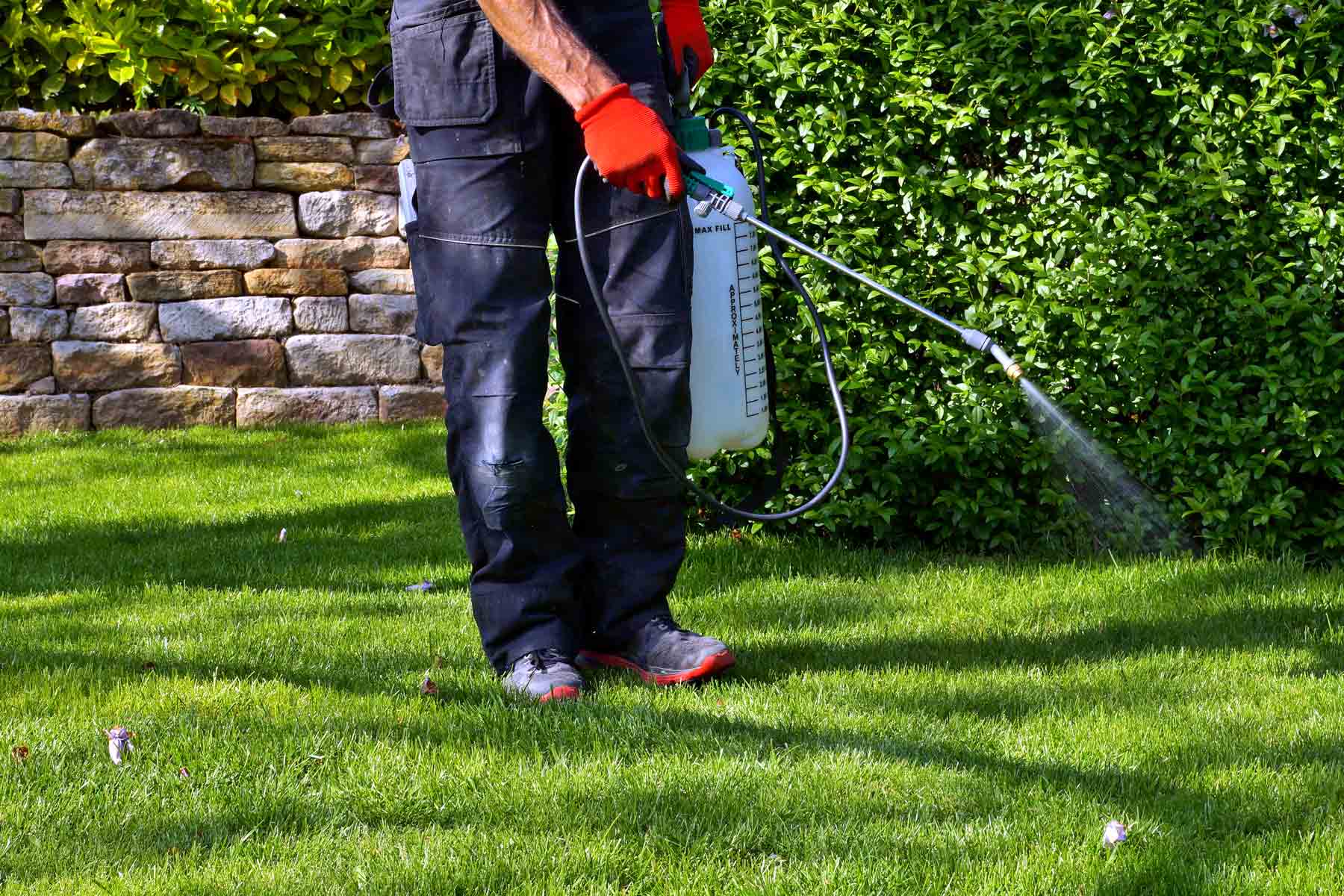
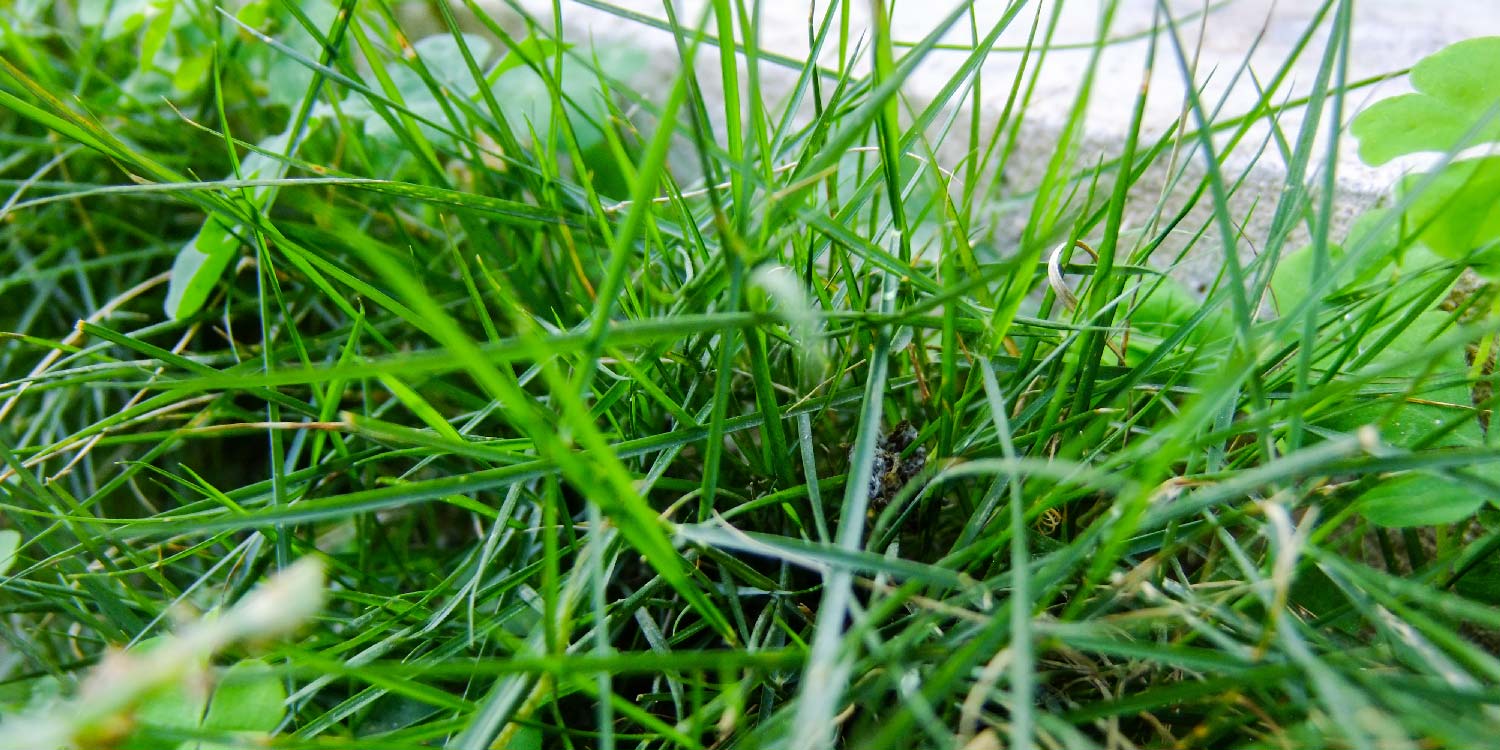
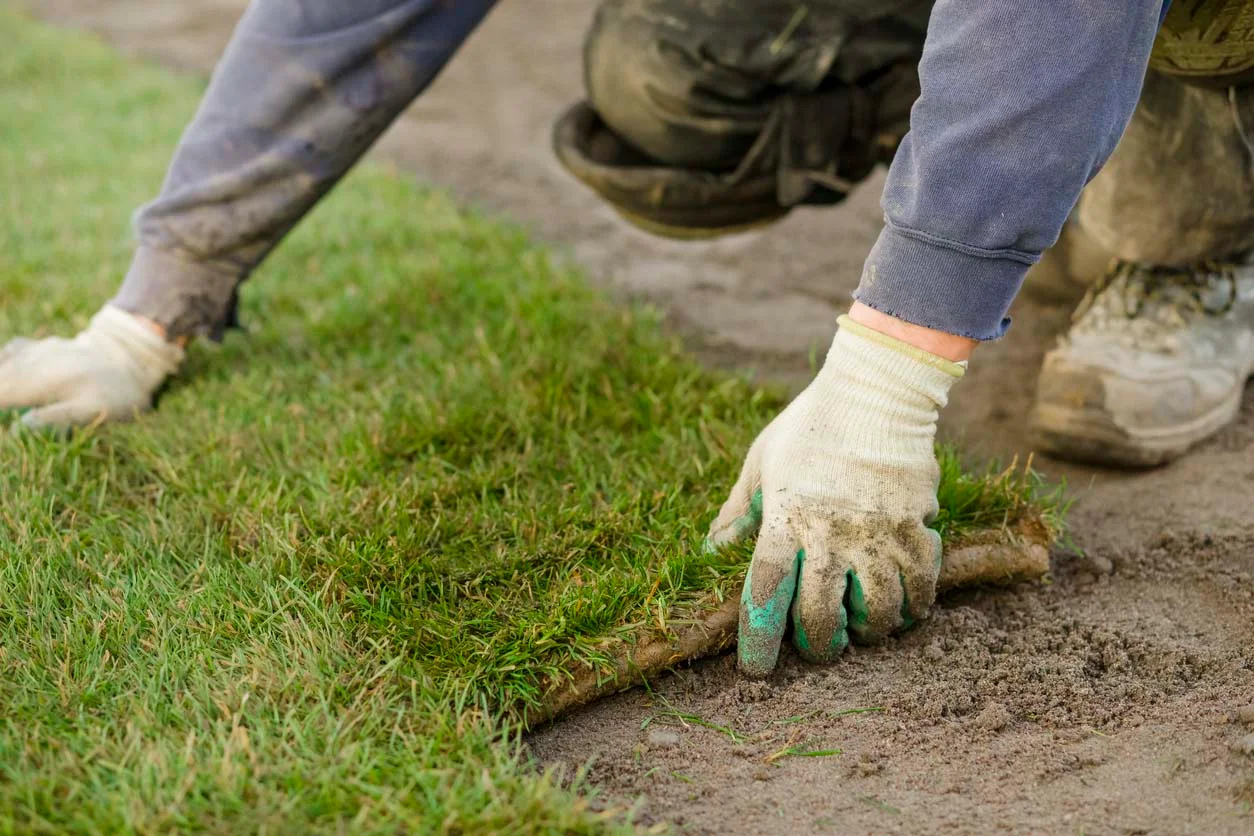
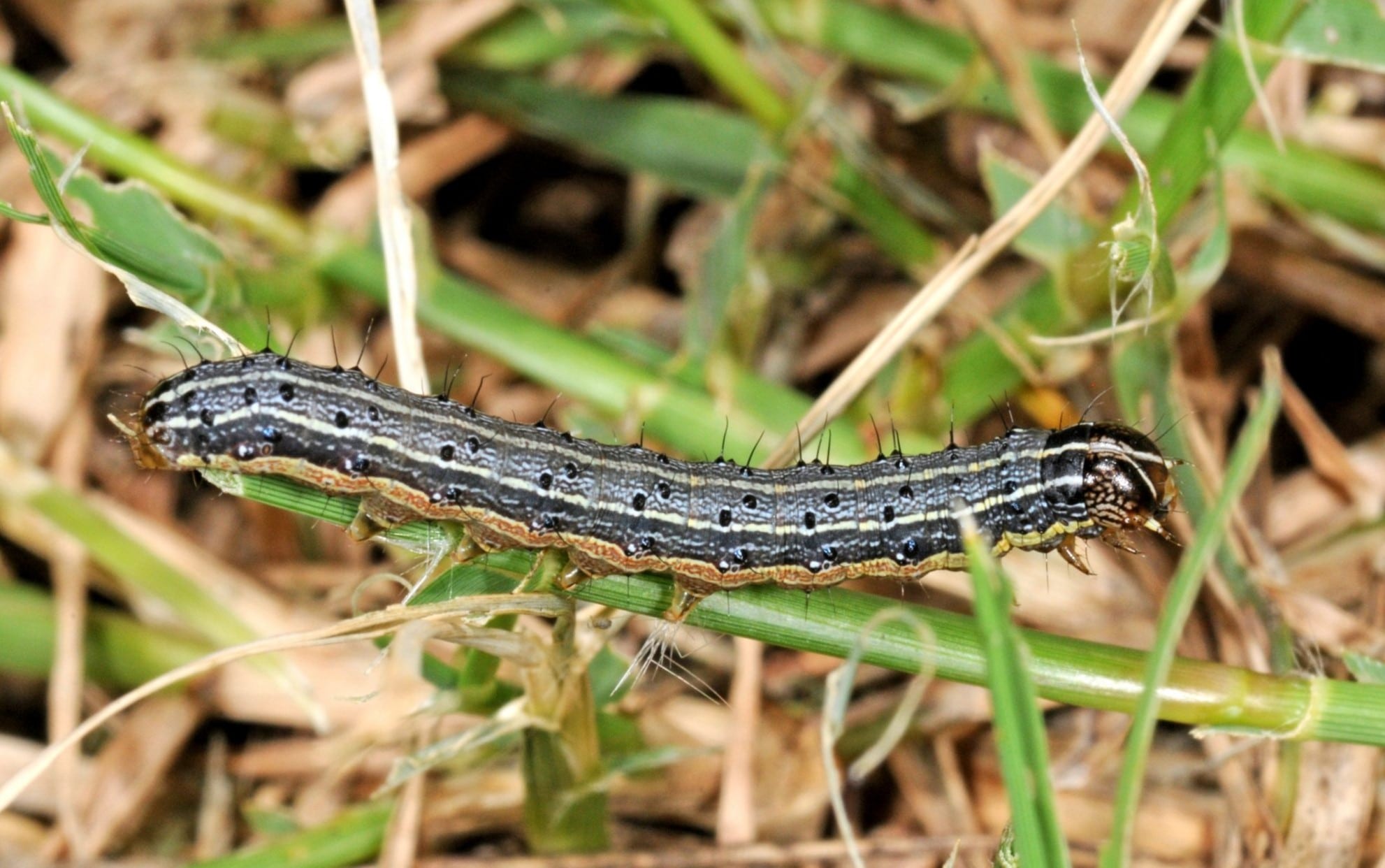
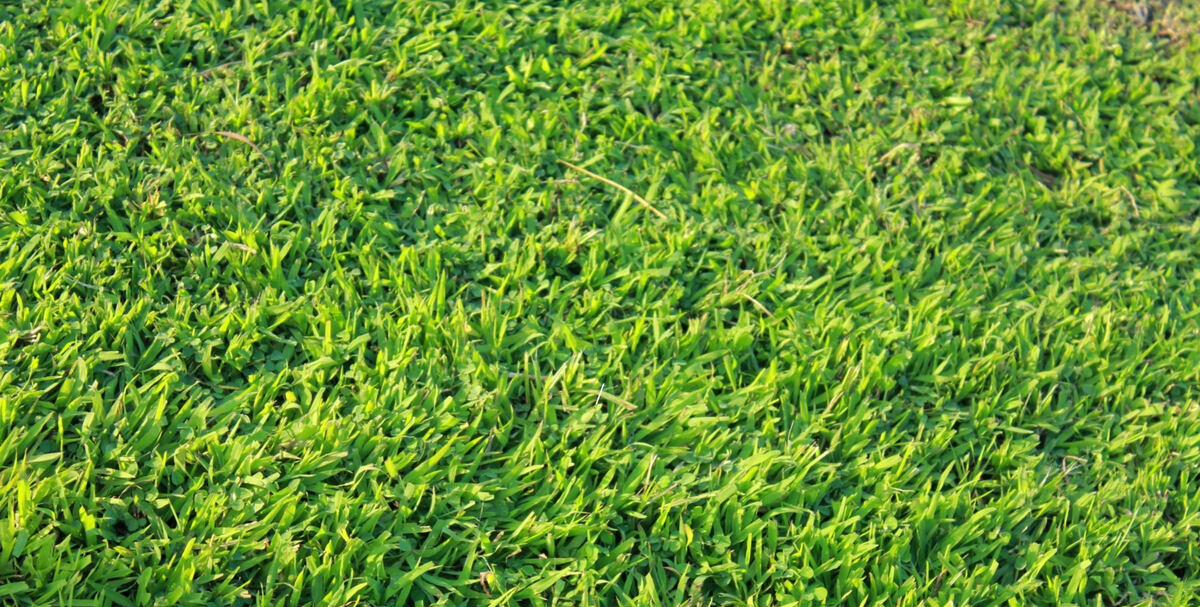
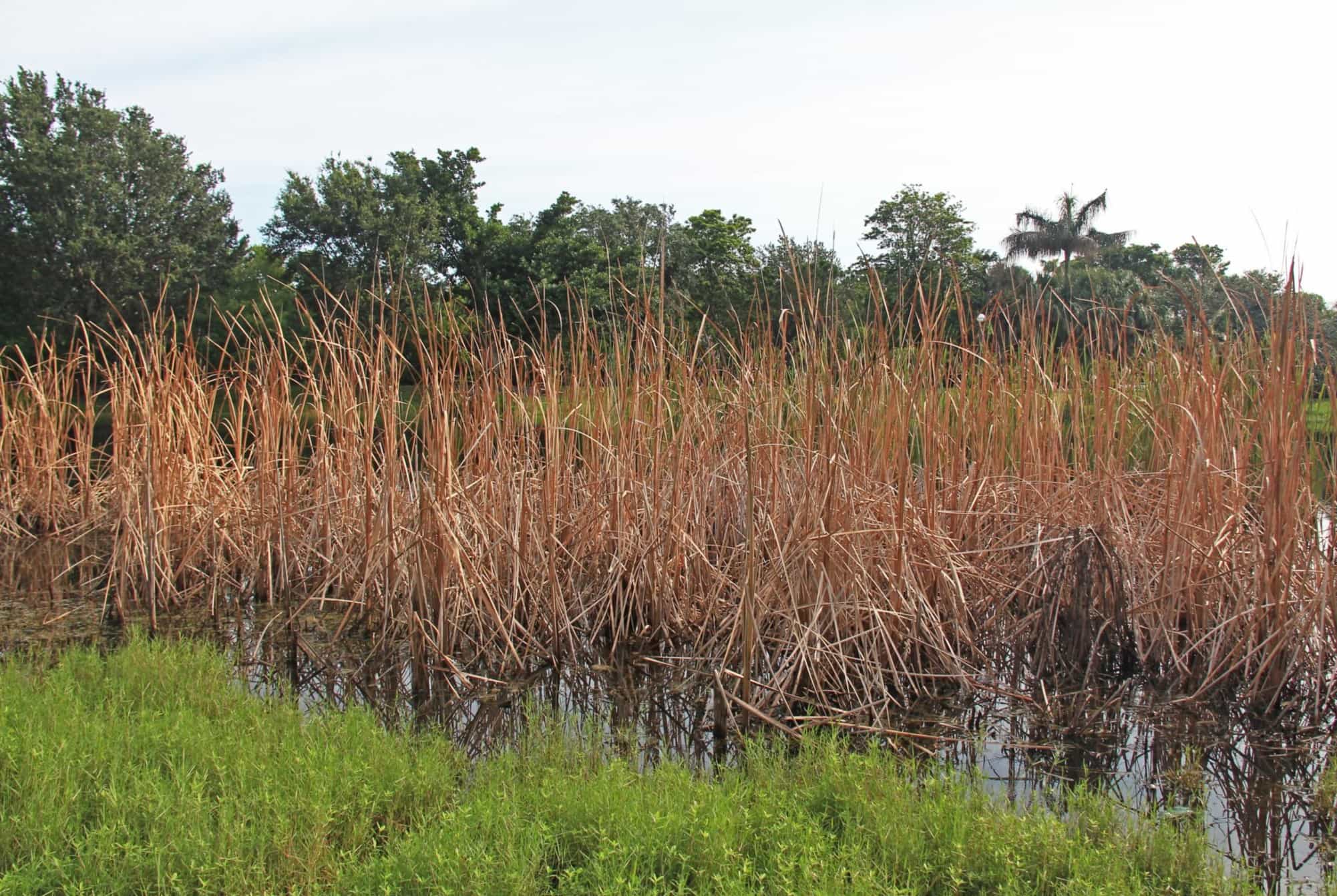


0 thoughts on “How To Get Rid Of Monkey Grass”